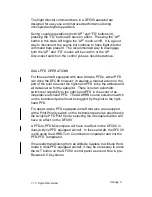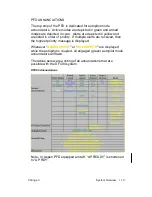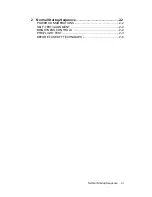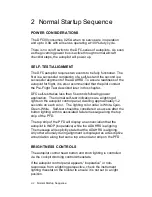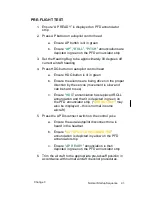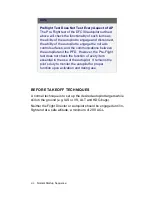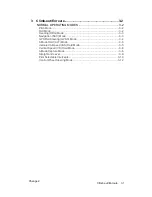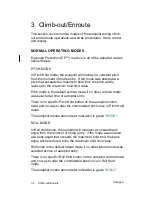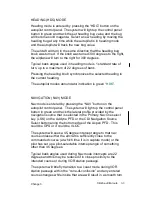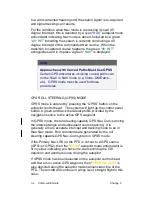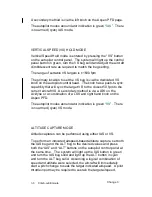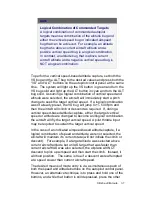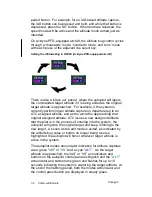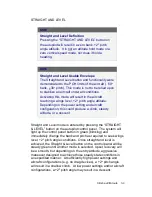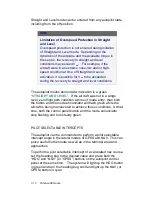
3-8
Climb-out/Enroute
paired button. For example, for an IAS-based altitude capture,
the IAS button can be pressed and held, and while that button is
depressed, press the ALT button. When both are released, the
speed mode will be active and the altitude mode armed just as
intended.
On Avidyne PFD-equipped aircraft, the altitude bug control cycles
through a ‘thousands’ mode, ‘hundreds’ mode, and ‘tens’ mode
with each press of the adjacent line select key.
Setting the Altitude Bug in DFC90 (Avidyne PFD-equipped aircraft)
There is also a ‘black out’ period where the autopilot will ignore
the commanded target altitude if it is being edited as the original
target altitude is approached. For example, if the system is
currently performing an altitude capture on departure leg to an
ATC assigned altitude, and as the aircraft is approaching that
original assigned altitude, ATC issues a new assigned altitude
that the pilot is in the process of entering into the system, the
autopilot will ignore the original target and keep climbing to the
new target. As soon as the edit mode is exited, as indicated by
the altitude bug value or button no longer being reverse
highlighted, the autopilot will honor whatever target altitude is
active in the system.
The autopilot modes annunciator indication for altitude captures
are a green “
IAS
” or “
VS
” and a cyan “
ALT
”. As the target
altitude is approached, the “IAS” or “VS” annunciators and
buttons on the autopilot control panel
extinguish and the “
ALT
”
annunciator and button turns green and flashes for up to 10
seconds indicating the system is capturing the target altitude. At
the end of the flashing period, both the modes annunciator and
the control panel button are displayed in steady green.
Change 3

